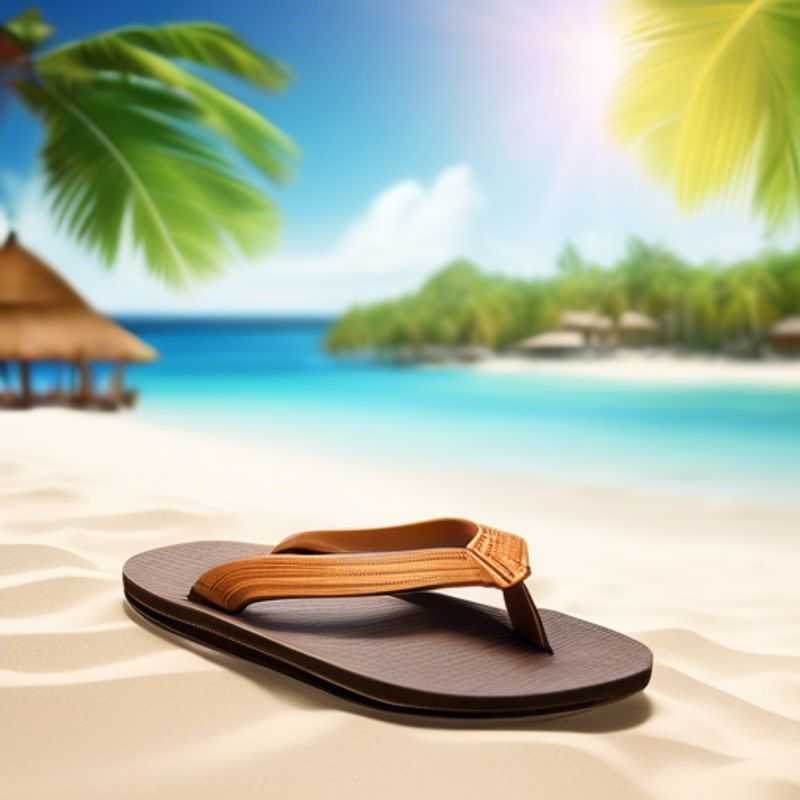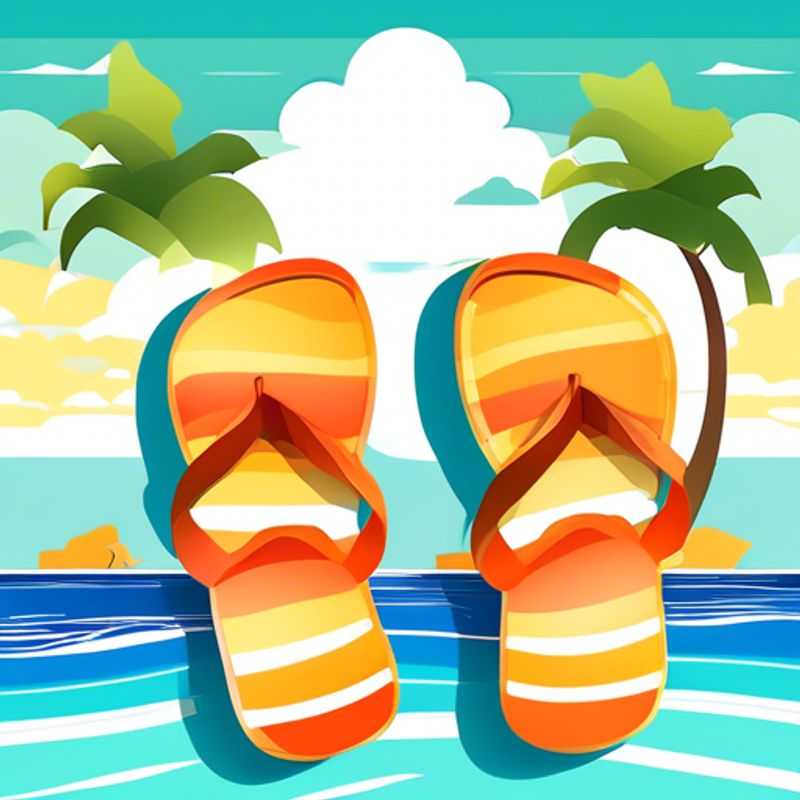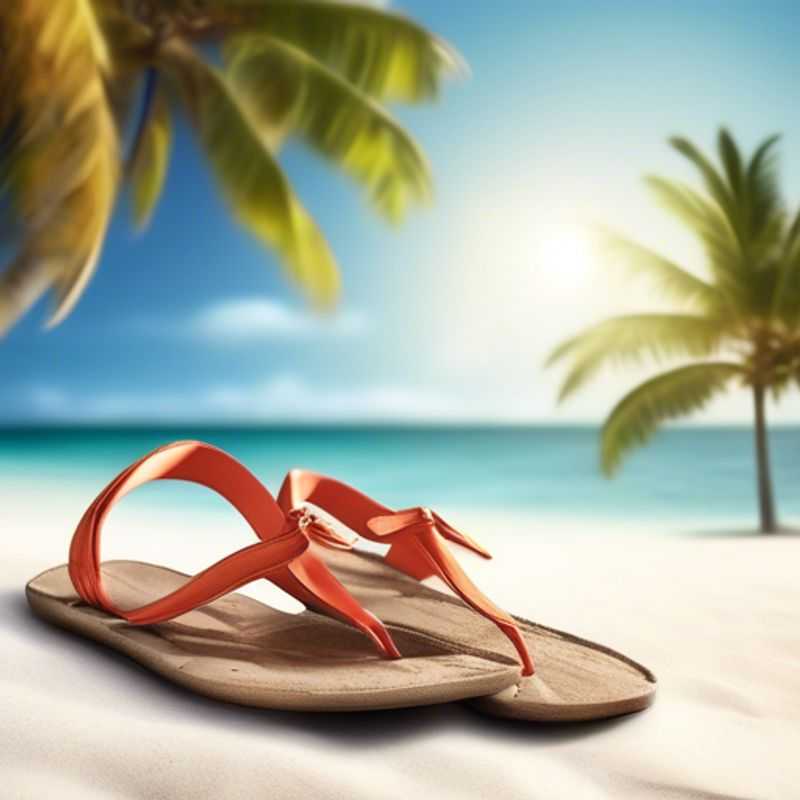What You Need to Know Before Purchasing Sandals or Flip-flops: 3 Crucial Tips

Sandals and Flip-Flops: 3 Things to Know Before You Buy
Alright, my fellow adventurers,
Before purchasing Sandals or flip-flops
- Check the materials and construction quality to ensure durability. Look for sandals or flip-flops made with high-quality, durable materials like leather, suede, or sturdy synthetic fabrics. Avoid cheap, flimsy options that may fall apart quickly.
- Measure your feet and compare to size charts to get the right fit. Proper fit is crucial for comfort and support. Measure your feet at the end of the day when they're largest, and refer to the brand's size chart to find your perfect match.
- Consider the traction and support needed for your planned activities. If you'll be doing a lot of walking or exploring, look for sandals or flip-flops with good traction and arch support. For casual wear, lighter, more flexible options may be more suitable.

Don't Be Fooled by Cheap Looks: Checking Material Quality for Durability
You want something that’s going to last? You’re not alone! Checking materials and construction quality is essential for durability. It’s like choosing a trusty companion for your adventures, whether it's a sturdy backpack for exploring remote markets or a well-made tool for building your dream project. Think of it this way: A good quality product is an investment in the future.
First, understand the materials. Natural materials like wood, leather, or metal can be incredibly durable with proper care. Synthetic materials like plastic or nylon can also be strong, but may have shorter lifespans.
Second, examine the construction. Look for quality stitching, strong seams, and well-fitting components. How are the parts put together? Are there any weak points? A quick glance can often tell you a lot about a product's potential longevity.
And finally, consider the brand's reputation. Do they have a history of producing high-quality items? This is where research comes in handy. Check out reviews, compare prices, and read about the manufacturer's commitment to quality.
Remember, choosing durable products is a journey, not a destination. It's about taking your time, asking questions, and understanding what makes a product truly stand the test of time.

From Cinderella to Size Queen: Measuring Your Feet for the Perfect Fit
Okay, let's get you fitted! Measuring your feet and comparing them to size charts is key to finding the perfect fit. It's like getting ready for an exciting adventure - you want to make sure your boots are comfy and your clothes are just right.
First, you'll need a measuring tape and a piece of paper. Stand up straight, place the paper on the floor, and trace the outline of your foot. It’s helpful to wear the type of socks you'll wear with the shoes you're buying. Measure the length of your foot from the heel to the longest toe.Write down that measurement – it’s your magic number!
Now it’s time to consult the size chart. Every brand is a bit different, so check the chart for the specific shoe or clothing you're interested in.Compare your foot measurement to the chart’s measurements to find your size.Remember, it's always best to go with the larger size if you're between sizes. You don't want your feet to feel cramped on your grand shopping journey!
Keep in mind that size charts can vary, so it's always a good idea to double-check with the retailer if you're unsure. Some retailers even offer online tools to help you find the perfect fit! Happy shopping!

Will Your Plan Stick? Traction and Support for Your Activities
Alright, you've got a great plan brewing! But let's talk traction and support, the fuel that'll get your idea off the ground. Imagine this: you've got a fantastic product, but no one knows about it. That's where traction comes in. It's all about getting people interested, creating buzz, and showing the world why your product is worth their attention. And support? Think of it as your team, your cheerleaders, and your partners – everyone who believes in your vision and wants to see it succeed. Now, getting traction and support requires a few key things:
1. The Right Audience: First things first, you need to find the people who actually care about what you're doing. Are you targeting tech enthusiasts, foodies, fashionistas, or maybe something entirely different? Knowing your audience is the foundation of building traction. You can use social media, market research, and community forums to identify them. This will help you focus your marketing efforts and resonate with the right people.
2. Effective Communication: Once you've found your audience, you need to communicate your value proposition clearly. What makes your product or service special? What problem does it solve? Be concise, engaging, and make sure your message resonates with their needs. Use compelling storytelling, visuals, and testimonials to create a connection.
3. Building a Network: Traction is often about who you know. Connect with influencers, industry experts, and potential partners. Build relationships, attend events, and collaborate on projects. Don't be afraid to ask for help – you never know who might be able to offer valuable advice or support.
4. Leveraging Resources: There are tons of resources available to help you gain traction and support. Online platforms, marketing tools, and crowdfunding campaigns can provide valuable exposure and funding. Research these options carefully, consider their costs, and choose the ones that align with your needs and budget.
5. The Cost of Traction: Building traction can be expensive. You might need to invest in marketing, advertising, public relations, or even hiring a team. It's important to estimate your budget realistically and consider potential return on investment. Think about what kind of traction you want to achieve and what resources you need to make it happen.
6. A Long-Term Vision: Remember, traction and support are not one-time events. It's an ongoing process that requires consistent effort and adaptation. Stay flexible, learn from your experiences, and constantly refine your approach to build sustainable success. Don't be afraid to iterate and make adjustments along the way.
